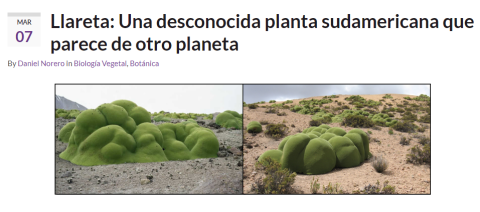
Plants can directly see the writing on the stars in the blue sky, and understand every gust of wind and every flying insect. "Botanical Notes"
Follow Zoro as we head south to Uyuni to explore the mystery and tenderness of nature.
plant
compact hawkweed
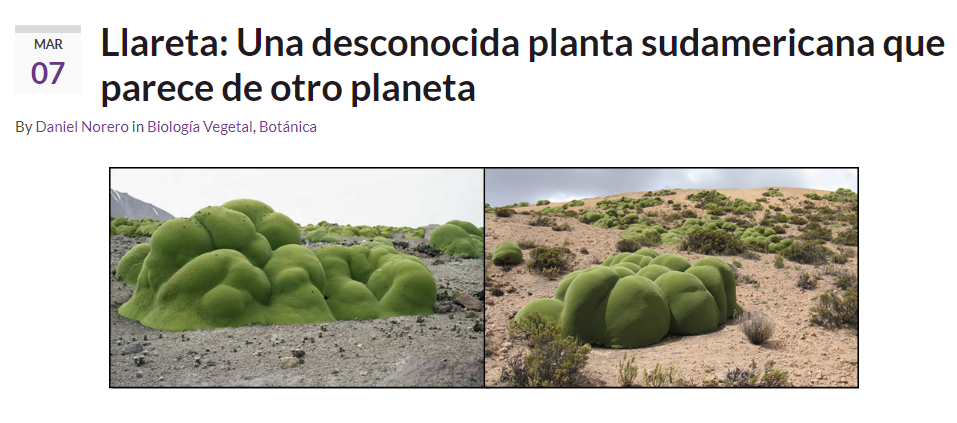
Yareta (Llareta) is a yellow-green perennial cushion-shaped shrub in the Apiaceae family native to South America. Its Chinese name is Little Eagle Celery, and it is a close relative of parsley. It grows in the high mountains of the Andes in Bolivia, Peru, northeastern Chile, and northwestern Argentina. Yareta's way of surviving in a harsh environment: The reason why I am alive today is because I grow slowly. It can only grow 1-1.5 centimeters in a year and can live for more than three thousand years, so any lump in the wasteland may be hundreds or thousands of years old.

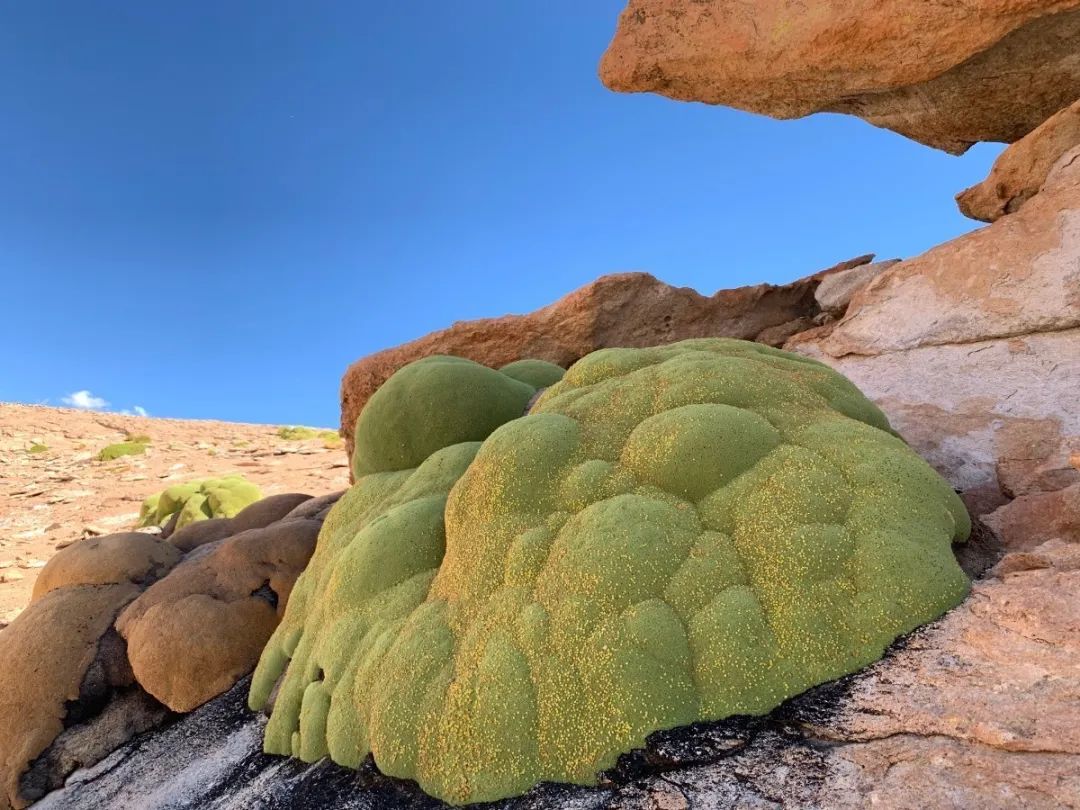
Yareta looks like green cotton, like green clouds on Earth, more like plants from other planets. This ancient creature produces small, hermaphroditic star flowers that are self-pollinated by insects.
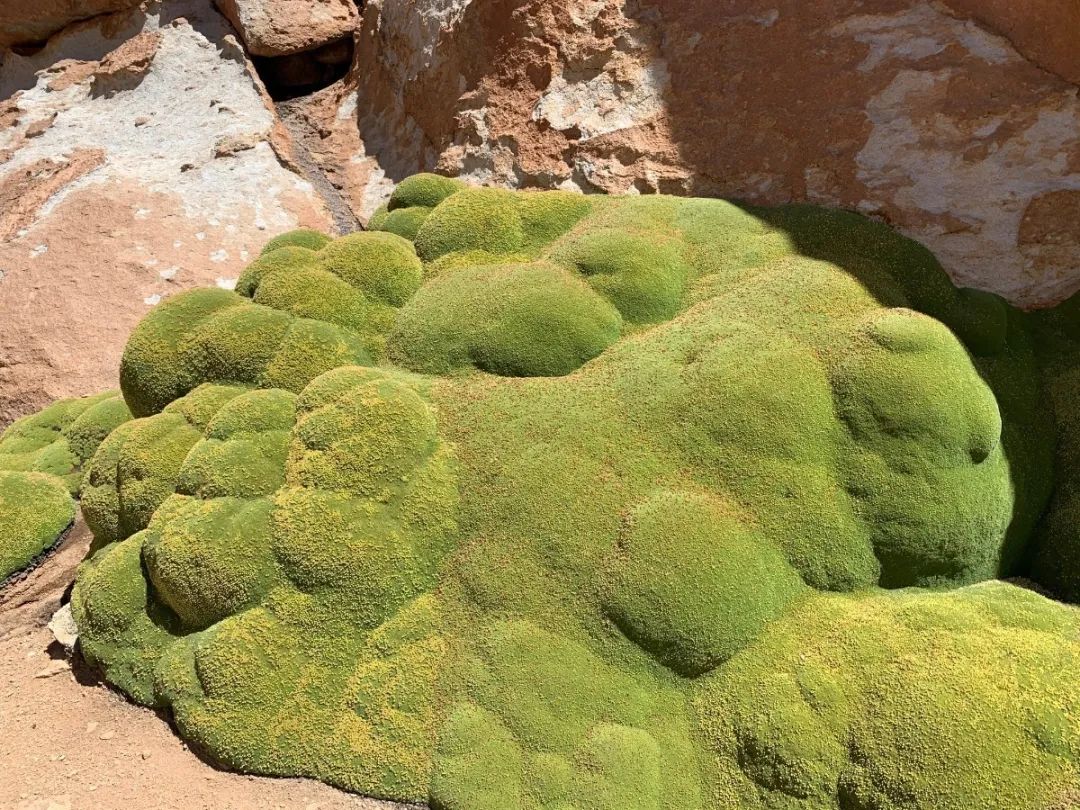
Growing on the ground and huddled together for warmth: In order to adapt to the extreme local climate, Yareta grows quite densely close to the ground and clings to rocks to retain the most heat and resist strong mountain winds.
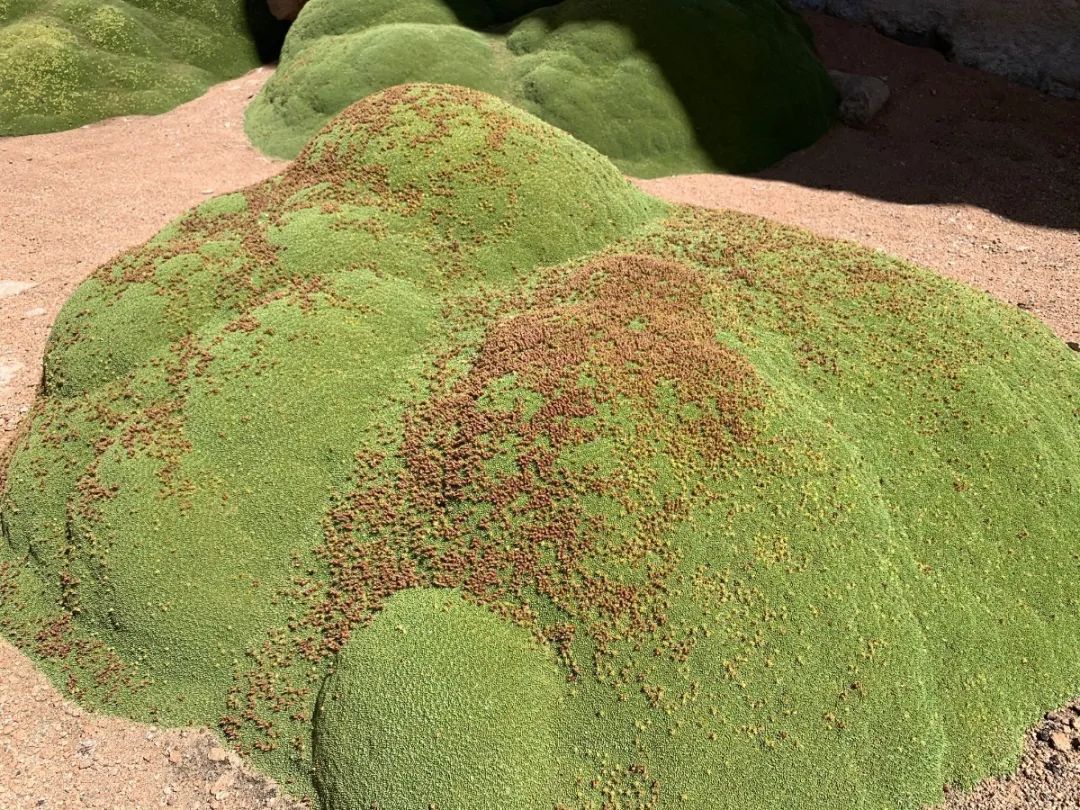
Yareta looks soft, but it is actually very rough to the touch. It feels like touching a footstone.

Without comparison, there is no gap! Zoro is 1.6 meters tall. Can you guess that the tight little eagle on the back of me will live longer this year?

It is said that the small flower tea of Yareta has very precious medicinal value and can alleviate diabetes and significantly lower blood sugar. As I write this, I really admire and express my gratitude to the ancestors who were the first to eat crabs and try all kinds of herbs. We are so lucky to live in modern times.

To prevent water from evaporating, Yareta leaves are covered with a layer of wax. If you click on the big picture, you can see that its internal structure is densely packed and quite compact.
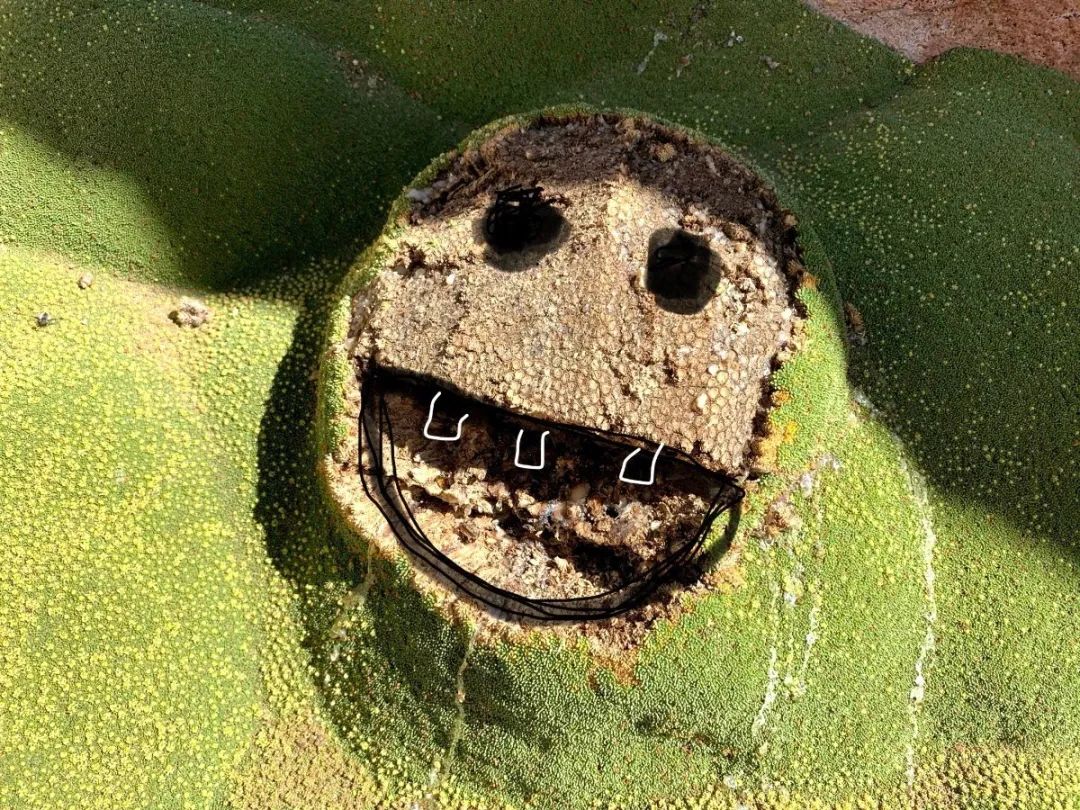
Forgive me for not being able to resist drawing an emoji, it really looks like a big head poking out of the ground! The dry and dense properties of Yareta make it easy to burn like peat, so this plant has become a source of fuel for locals, but due to its The gradual decrease in number and slow growth have now put it on the endangered list. Generally speaking, it is forbidden to pick Yareta in Bolivia, and it can only be used privately after it has dried naturally. .
plant
Peruvian Feather Grass

Paja brava, also known as Peruvian feather grass, can be found everywhere in the high deserts of the Andes. This plant grows widely on the arid Andean plateaus, covering the desolate and arid desert with a layer of bright vegetation, and also providing food and shelter for the creatures here. A fellow driver said that local residents used it to build roofs for warmth a long time ago.
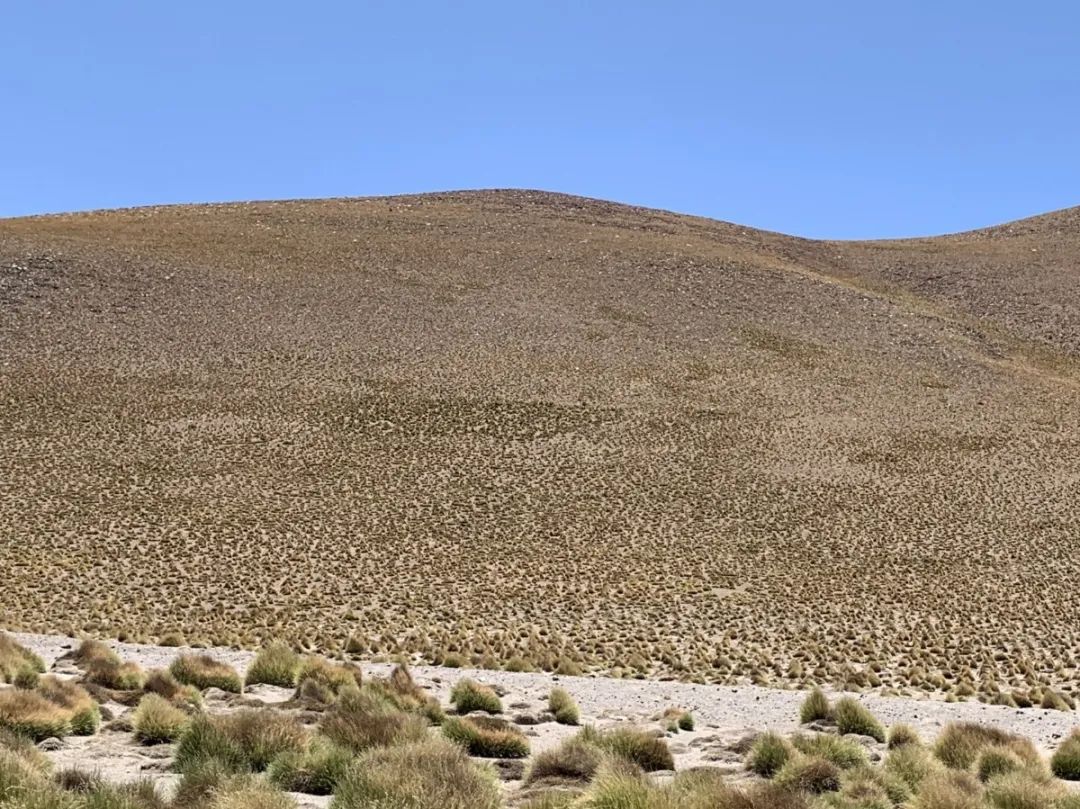
animal
rhea

Domestic alpacas grazing by the stream
Llamas are divided into domesticated and wild. The four species are: Llama, Alpaca, Vicuña (little alpaca), and Guanaco. Alpacas are mainly used as pack animals and for foodmeat. Alpacas are generally used to make scarves and other alpaca products. The above two are domestically raised and used in daily life. It is very common to tie colorful cloth strips among them, while vicuñas and guanacos are wild plateau llamas.
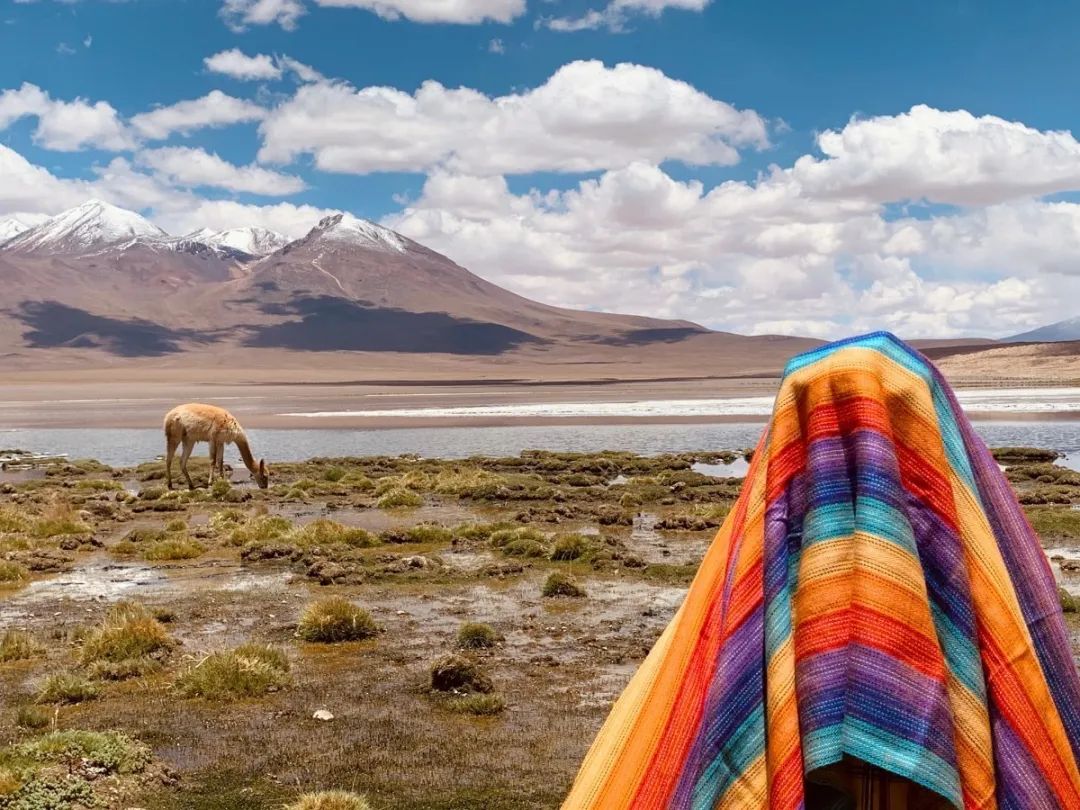
Wild llamas grazing under mountain lakes
Vicuña is the smallest of the llamas and is highly alert. It is one of the highlights of the flora and fauna of Uyuni south. The running llama has graceful movements, which are reminiscent of the Tibetan antelopes on the plateau of our country.
animal
flamingo

The Flamenco flamingo, also known as the flamingo , is a large water bird that mostly survives on filter-feeding algae and plankton. This animalThe feathers of this animal are mainly vermilion, especially the feathers at the base of the wings are shiny and shiny. From a distance, they look like a blazing fire, hence the name flamingo. Going south from Uyuni you will see: Flamenco andino Andean flamingos, Flamenco chilensis Chilean flamingos, Flamenco james James flamingos.

This animal has a very wonderful way of eating. It first bends its long neck and turns its head over, and then sweeps its curved beak left and right as it walks, touching the bottom of the water to get food.
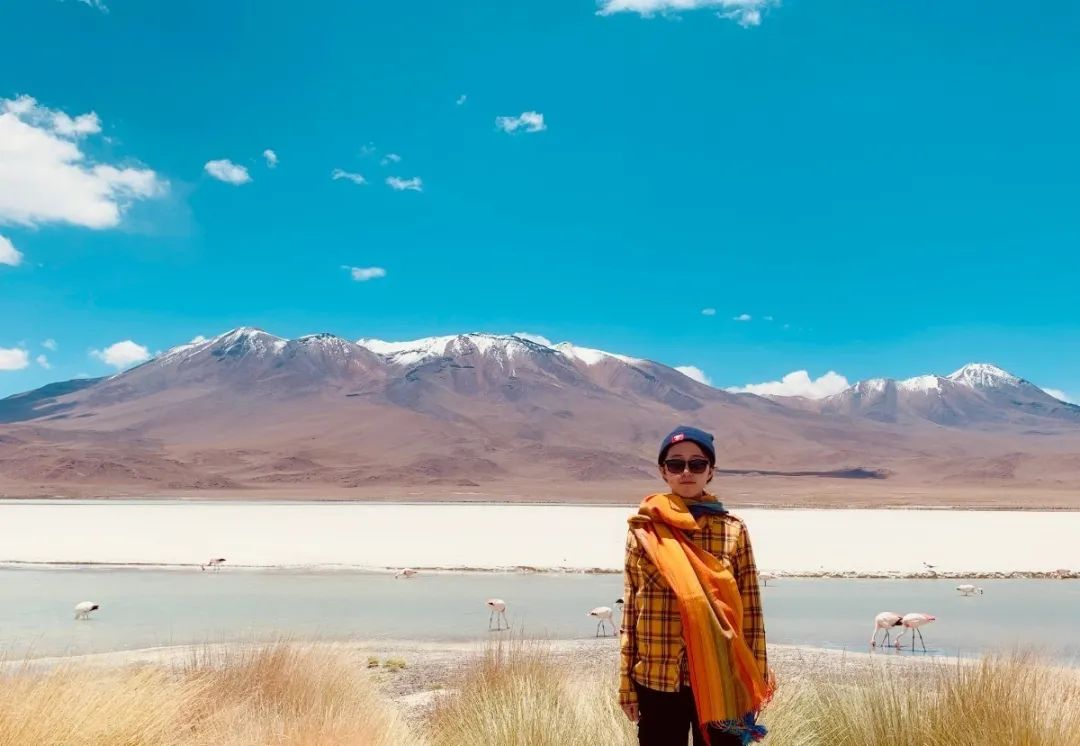
What is more interesting is that the feathers of flamingos are originally gray-white. Because the food they eat contains a large amount of astaxanthin, the deposition of astaxanthin makes the feathers of flamingos turn bright red. Zoro has a bold idea. Will people become famous if they keep taking astaxanthin?
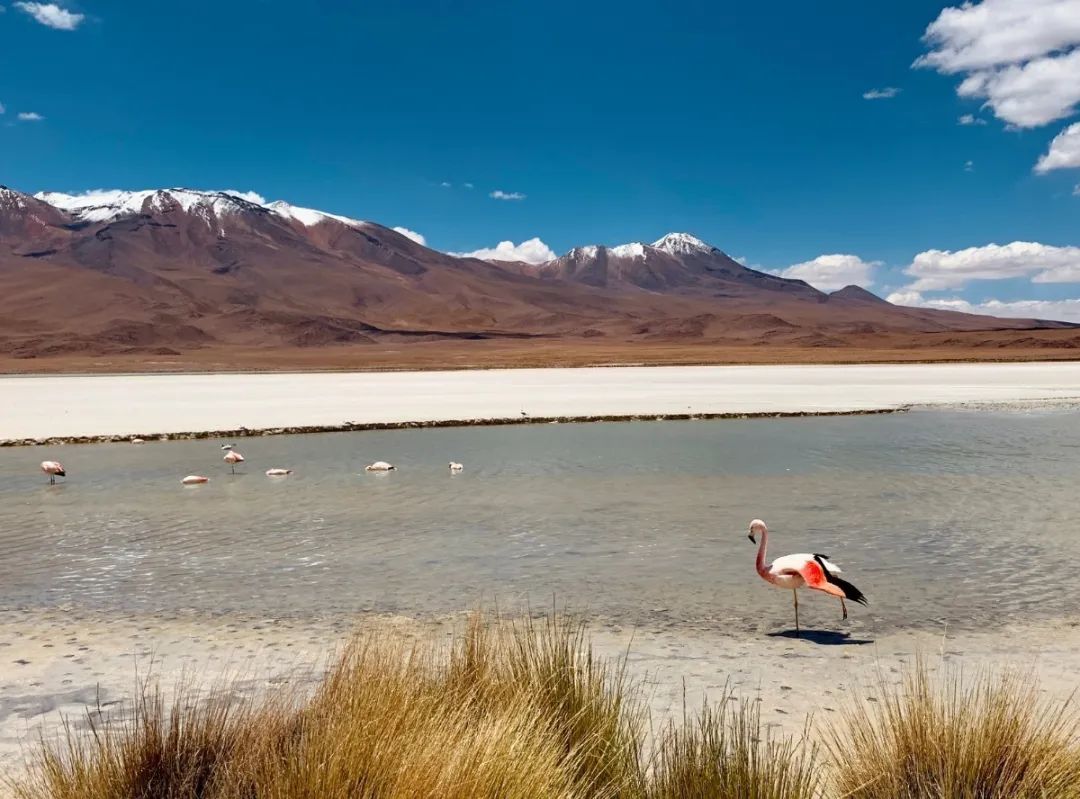
Many people’s original intention of trekking through mountains and rivers is to find flamingos, but along the way south, they will be surprised to find ancient creatures Yareta, Peruvian feather grass Paja brava, vicuña Vicuña, chinchilla Chinchilla, Andean fox Zorro andino... ...And in front of these animals and plants, you will feel the tenderness and mystery of nature more deeply. With their presence, the desolate plateau becomes vibrant and interesting.
